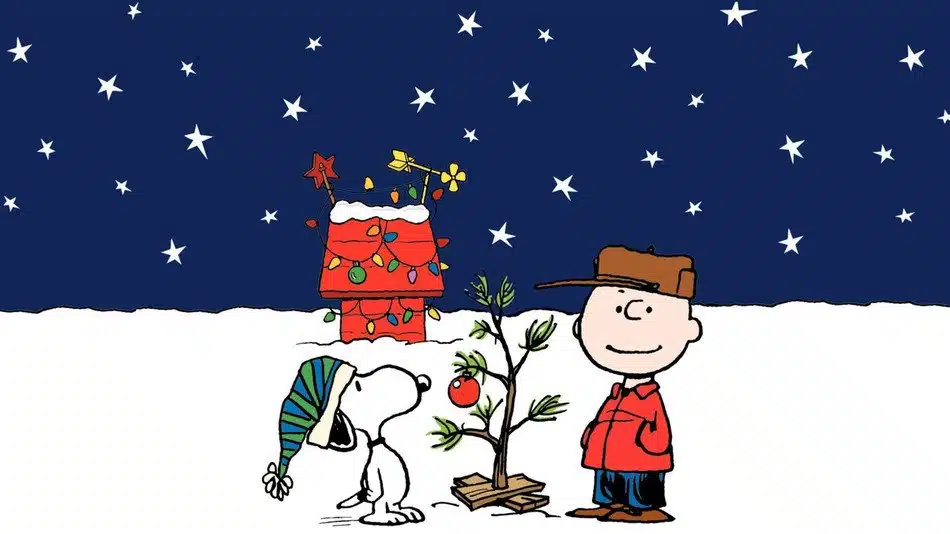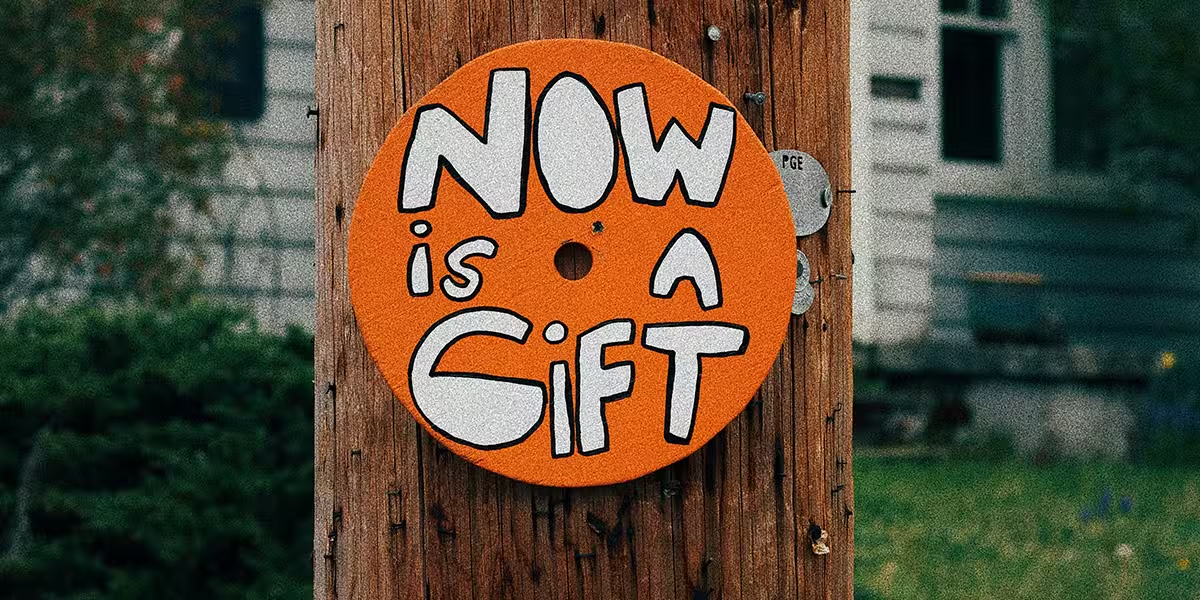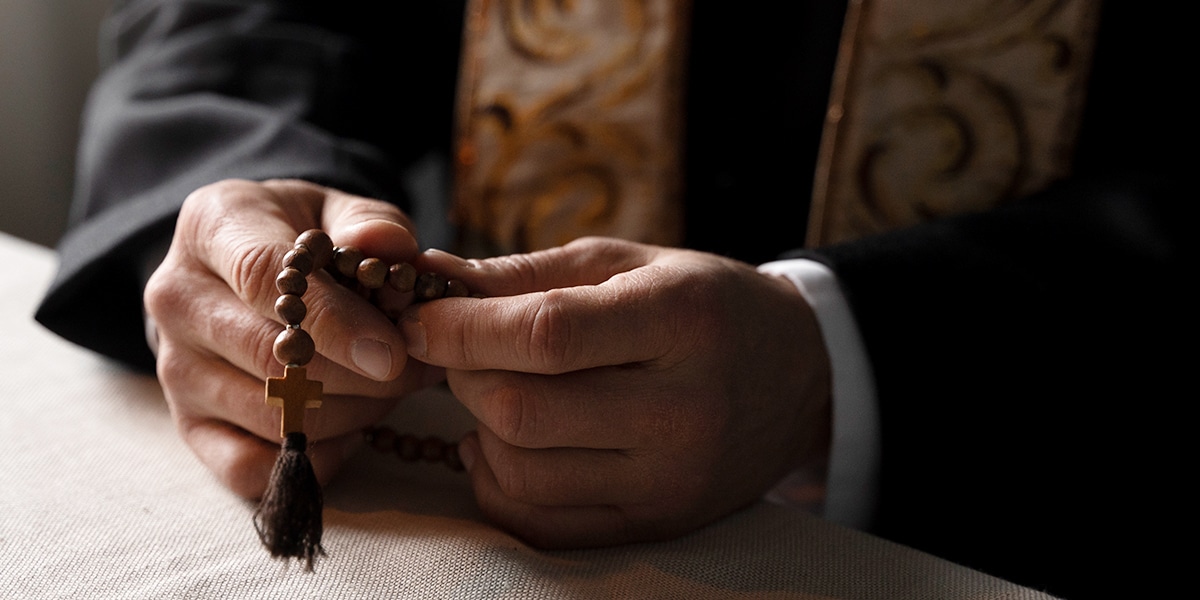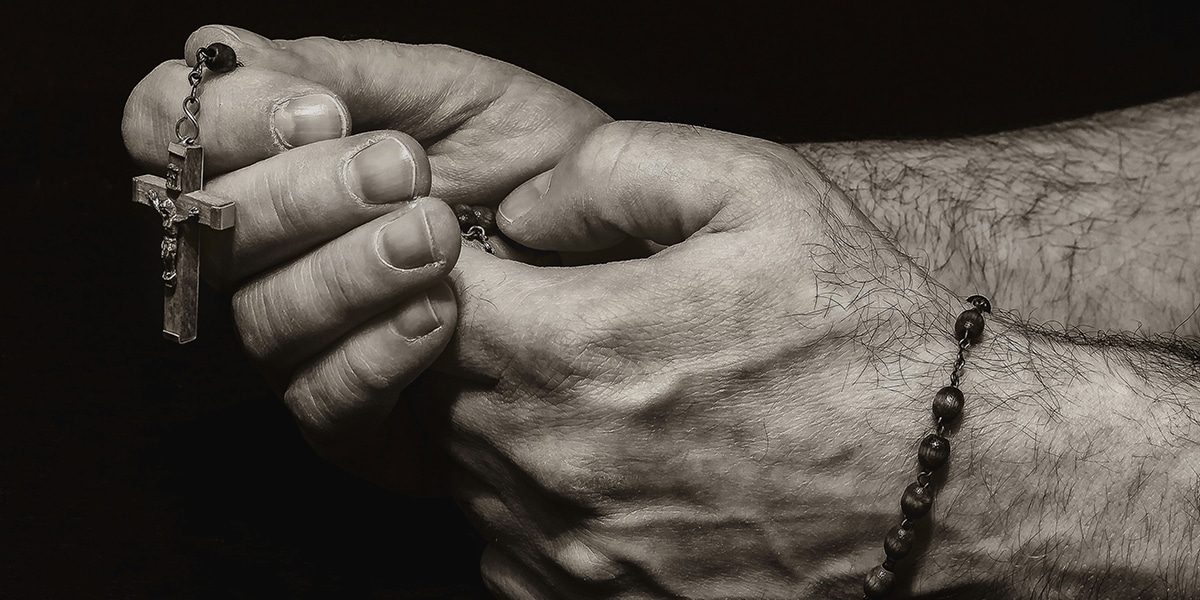My dad has always loved Charles M. Schultz’s 1965 Christmas classic, A Charlie Brown Christmas. Growing up, he’d make our family watch it at least once every Christmas season. Sometimes more. I never appreciated the movie then. It just seemed like an outdated, quirky film about a stupid kid named Charlie Brown who had no idea what Christmas was all about. Thank goodness for Linus, that scripture-spittin’ truth-tellin’ evangelist! Thank goodness I wasn’t as dumb as Charlie Brown and knew the true meaning of Christmas!
Watching the movie every December wasn’t the only Charlie Brown Christmas tradition in the Copeland household. Every Christmas morning, my sisters and I would pile onto my parents’ bed and take turns reading from the children’s book that mirrored the movie. We read it every year. Still do. One Christmas we even got Dad a version of the children’s book that had a built-in audio box with our recordings, that way he could listen to us read his favorite Christmas story whenever he wanted. I remember Dad crying when he unwrapped that present.
These days I’m finally starting to see what my dad sees. These days, after years of therapy, shadowboxing, and deconstructing resurfacing narratives of shame—the beginning of a lifetime’s spiritual work—A Charlie Brown Christmas now makes me tear up each time I watch it. I guess I’m becoming my father. Well, I hope I am becoming my father. And I’m moved these days less by Linus, the truth-teller, and more so by Charlie Brown, the truth-seeker—the “blockhead” who has no idea what Christmas is all about.
Charlie Brown’s emotional honesty, intellectual curiosity, and overall bravery—amidst unmet expectations, failure, shame, and humiliation—reflects the spiritual path for each of us. To seek and to see beauty. To create beauty. And to trust beauty.
Seeking and Seeing Beauty
Charlie Brown notices that everyone else in the Peanuts universe is distracted by commercialism. By money. By presents. By the show of the season. He is disturbed by it all. He feels that there must be something more. He sees the holiday charade for what it is.
He is unwilling to play the game everyone else is playing and seeks something deeper: true beauty, true meaning. In a sense, he has already de-masked the world’s flashy facades and addictive games, something most fail to do, but is now left with his sadness, something most fear to fully feel. Not Charlie Brown. He confronts the deep emptiness that he feels in such a joyous time of Christmas. He leans into it.
But his sadness comes at a cost. In naming his existential angst, in leaning into his darkness and seasonal depression—even as a young boy in the sixties!—he is ridiculed by his peers for being so negative during such a celebratory time. He is labeled a pessimist. Yet not even this reaction by his peers makes him suppress the truth of what he feels. These are highly evolved emotional movements that put his journey into motion. It is as if he realizes that his own emotional experience is the thing guiding him deeper down the path, closer to the truth. He even seeks out psychiatric help—again, as a young boy in the sixties!—at Lucy’s counseling stand. She offers him comical (and horrific) psychological guidance.
Charlie Brown’s continual naming of the varying aspects in his inner emotional world is what moves him forward on his journey. His emptiness, in fact, makes room for creative opportunity, or, what Lucy calls, “involvement” (clinical term) in directing the school Christmas play.
Because Charlie Brown is unwilling to merely react to the world’s manipulative ploys, and because he has the courage to express the breadth of his emotion, he positions himself for an awakening.
Creating Beauty
Have you ever given your all and been met by apathy? Have you ever experienced the pain of investing all of yourself in a creative pursuit or cause and been drowned out by the surrounding noise? Have you ever dared to love but been treated like a ghost?
Charlie Brown goes all in on directing the school Christmas play. He is bursting with passion. He develops an intricate system of cues. He offers in-depth coaching to the actors, specifically to Frieda in dealing with Pig-Pen’s filth. He steps into his role as a director as if it was what he was born to do. Despite his depression, he dares to create anyway. It is, again, an inspiring movement.

But he is met by apathy and noise, continually interrupted by his peers. Watching Charlie Brown try to direct the play is almost like watching Jack Skellington, the “Pumpkin King,” attempt to understand Christmas in Nightmare Before Christmas. Both invest all of their heart and mind yet still end up empty, forced to confront their own unmet expectations, frustrations, and limitations.
Yet all of this frustration is what ultimately leads to one of the most important parts of the movie. In being told to step out of his director role and pick out “the biggest aluminum tree” he can find, Charlie Brown walks through rows of flashy, glorified, aluminum, Christmas trees and puts all he has learned in his seeking to see beauty and his desire to create beauty into motion. This is his moment. He chooses a small, humble, fragile, beautiful, unassuming twig of a tree that perfectly resembles his own humanity. He chooses the simple, the obscure, to decorate. He chooses authenticity. He chooses realness. “Besides, I think it needs me,” Charlie Brown says. A true contemplative.
Trusting Beauty
Objects of shame are the parts of stories that we associate with humiliation, smallness, or insecurity. That’s what the humble tree becomes to Charlie Brown.
He brings the prize of his affection back to his peers but is met by ridicule. He is publicly humiliated for not bringing back a glorious aluminum tree. They call him names. They surround him. They point and laugh. They do not realize he is operating out of a different paradigm, a deeper level of seeing and creating. He was already misunderstood, emotionally exiled, but none more than this moment of rejection. We’ve all been there. We’ve all offered a gift that was rejected by the world. We’ve all done our best, given our all, only to see our journey end on the doorstep of shame.
The most powerful part of A Charlie Brown Christmas, in my opinion, is not when Linus shares with Charlie Brown the true meaning of Christmas, quoting from Luke 2:8-14 in an intimate scene on a stage right after Charlie Brown has been humiliated, but instead right after Charlie Brown’s encounter with this gospel truth.
Charlie Brown responds to Linus like a mystic might, without saying anything, for there are no words to adequately describe the divine mystery he has heard, something that, like the tree, so perfectly describes his human experience. Instead he returns to his object of shame, the tree. He chooses it again. He holds it in his arms. It is uniquely his. It is part of his story. It is his to own. Just as his emptiness was an opportunity for creativity, his shame is now an opportunity for beauty. He trusts the divine mystery—the incarnational with-ness of a small, humble, fragile, beautiful, unassuming savior—and responds with something of a prayer. It is as if he believes that Christ can even be born here, as he carries his own cross, his object of shame. He is so confident in this mystery, in fact, that he begins to joyfully, confidently skip down the path. That is my favorite part of A Charlie Brown Christmas.
The movie may as well have ended there, with everyone following him, now captivated by his seeing, creating, and trusting in true beauty. But it doesn’t. In another moment of raw frustration, when Charlie Brown attempts to decorate the tree and “kills it,” as it pathetically bends (or perhaps humbly bows to his efforts?) under the weight of a single ornament, he hangs his head and walks away, dejected once more.
But this time his friends choose the tree. Thanks to Charlie Brown’s example, now they see true beauty. They no longer need to play the world’s games. They no longer need a gigantic aluminum Christmas tree. In simplicity’s freedom, they create. They decorate the humble tree. The cross that Charlie Brown carried becomes a beacon of hope. Then they welcome the boy who taught them how to see and to choose and to create and to trust back into the fold. They sing around the tree.
Today I join them, finally beginning to understand what my dad has always understood.








1 thought on “The Spiritual Insight of Charlie Brown”
You nailed it with explaining Charlie Brown Christmas ! I too came from the same household, were my Dad loved watching Charlie Brown and even when my boys were little until my Dad was 90 years old, he would always call to let us know, Charlie Brown Christmas Classic is own tonight ! Over the years, I grew to love Charlie Brown, and to this day enjoy watching the same classic every year and ensuring I call my Sons & Grandkids in the Christmas season to watch it. The Christmas audio box you all got Dad, sounds amazing – and a cherished memory too! Thank you for all the details you explained about this truly loved classic, thst took me years too to understand the simplicity and spiritual meaning of a Charlie Brown Christmas! You explained every character and every part so clearly, and bought back such great memories of my Dad, calling up on the phone saying, Charlie Brown Christmas special is on tonight -don’t forget to put it on! Again, I related so much as I kept reading your story. You made my Day !!